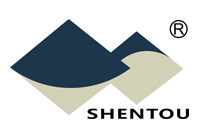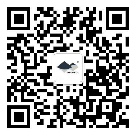China Automotive Supplier Quality Management Briefing
08/01/2022
Vol. 6, No. 4, August 2022

① QUALITY CHALLENGES & SOLUTIONS WITH YOUR SUPPLIERS IN CHINA
Factory Audits & Quality Inspections
During & Post COVID-19:
On-site Supplier Audits + Remote Participations by International Buyers (XII)
(Continued from the last issue)
▌Importance of on-site audits or inspections with remote participations by international buyers
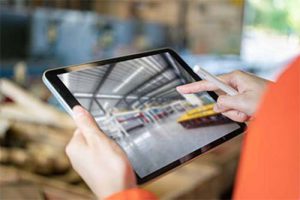 COVID-19 has brought about various challenges to the world, with fundamental impact on every aspect of supply chain management. The new demand for cross boarder supply chain management in the face of the pandemic has facilitated the gradual transition of supply chain management from a “traditional” to a “smart” approach, thanks to the availability and adaptions of many different new technologies and their applications.
COVID-19 has brought about various challenges to the world, with fundamental impact on every aspect of supply chain management. The new demand for cross boarder supply chain management in the face of the pandemic has facilitated the gradual transition of supply chain management from a “traditional” to a “smart” approach, thanks to the availability and adaptions of many different new technologies and their applications.
Factory audit and product inspection are just two key elements of the entire course of supply chain management, but the special need by international buyers for the audits and inspections during the pandemic has introduced in a new business model with on-site audits and inspections to be accompanied by remote participations which are effectively implemented. The upgraded model has enabled continued normal business activities when people are stopped from or limited by international travelling, while still ensuring the effective supplier management and quality control of the cross-border procurement with a flexible, efficient, reliable and economic smart tool.
Shentou’s practices and experience in assisting international buyers with remote audits and inspections over the past two and half years have demonstrated that the process of remote inspection and audits are reliable, efficient and effective.
In particular:
A.Before the pandemic is completely over, when COVID-19 in some areas have been effectively controlled, factories within the area have returned to normal production and business, international buyers could continue the development, management and optimization of their cross-border supply chains, ensuring the continued and stable growth of their overall business.
B.For international buyers with most suppliers in China, before the country is completely back to normal after COVID-19, there are risks and extra financial costs, including the still-strictly enforced mandatory quarantine policies, for international buyers to physically visit their Chinese suppliers and undertake the traditional factory audits & inspections. With the model of remote participation and monitoring accompanied by on-site inspections or audits, these risks and extra costs could be completely avoided.
C. Even after the COVID-19 related travel restrictions and quarantine requirements are lifted, international buyers could significantly reduce the travel to China by choosing to visit factories when the factories are newly developed or during the follow-up annual supply evaluations. Although the frequency and intensity of international travelling are substantially reduced, cross-border procurement operations could be carried out smoothly.
D. With the inspection or audit plans pre-determined based on QMS requirements as well as the process and product characteristics, including the clearly-defined remote participation schedule by international buyers and the sites, scope, requirements and procedures of the audits or inspections, international buyers could simultaneously participate and remotely monitor the on-site QMS audits, process audits, product audits and pre-shipment inspections, therefore still keeping a very close watch on the suppliers’ capability of production process and quality controls.
The success of the model of on-site inspections and/or audits by local service providers on-site with remote participation by international buyers largely depend on the service providers’ integrated professional knowledge of and experience with the technology, production and quality control of the products as well as the professional practices of inspections and audits. The proactive interest and participation of the international buyers are of course the critical driving force.
We believe with the services most appropriate to international customer requirements delivered by qualified service providers on the ground, on-site factory audits and product inspections with remote participation by international buyers would become a natural trend for a smart cross-border supply chain management, regardless of where the customers and the suppliers are located and whether it is during or after COVID-19.
By Felix SS YUAN
② CRITICAL FAILURE MODES / QUALITY CONTROL POINTS IN FOCUS
Emitec UDA
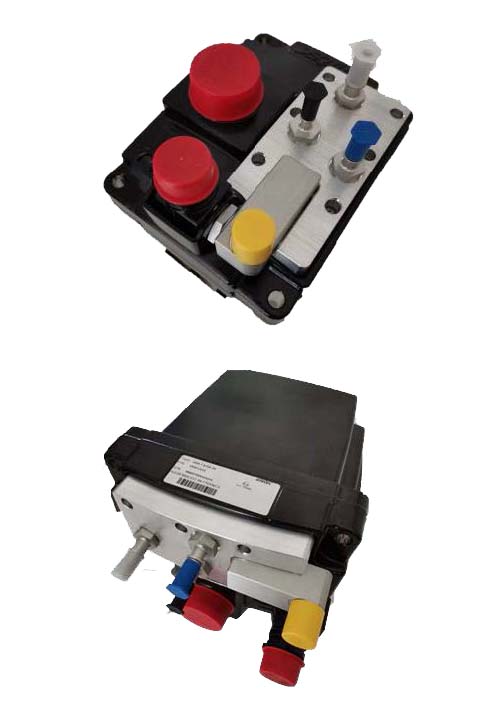
As part of the SCR pump system, the Emitec air-assisted urea dosing pump UDA uses the air supplied by the system to bring the dosed volume of urea to the injection nozzle. It also has a heating device that allow the system to operate with outside temperature down to -40°C when the system is supplied with urea at more than +5°C. The UDA integrates its self-diagnostic procedure, informing the system about its status by sending OBD/diagnostics telegrams over the CAN bus.
The Emitec UDA has been supplied to OEMs since 2010. It is one of the most matured Urea Dosing Pumps in SCR system for exhaust gas aftertreatment worldwide.
The original Emitec UDA for OE applications has now been made available for the aftermarket. It is still produced by the same OE factory in Faulquemont France.
The OE number for the aftermarket UDA is UDA1J233, for the reference numbers of A034J233, 5273338, A063J575.
Shentou is proud to have become the exclusive distributor of the UDA. For all inquires of this item, please send emails to gx.lu@shentou.com.
By Sean Young
③ KEY CONCEPTS & PRACTICES IN SUPPLIER QUALITY MANAGEMENT
FQC & OQC

There are many quality control procedures that are carried out at a supplier’s premises, primarily including IQC, IPQC, PQC, FQC, and OQC.
FQC stands for Final Product QC. It is an inspection to check every piece of finished products before they are packed.
OQC stands for Outgoing Quality Control. It is an inspection to check the finished products with packaging.
Essentially FQC and OQC are the same as Pre-shipment Inspection (PSI). They are performed when the production is finished and the products are packed, or when majority of the order has been produced and packed, using an AQL sampling plan.
④ CHINA INDUSTRY & MARKET UPDATE
Cost of raw materials:
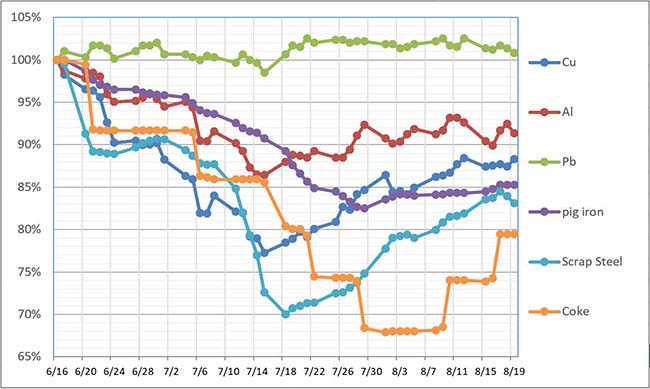
Exchange rates:
![]() USD/RMB: 1:6.8616
USD/RMB: 1:6.8616
![]() EUR/RMB: 1:6.8502
EUR/RMB: 1:6.8502
![]() RUB/RMB: 1:0.1126
RUB/RMB: 1:0.1126
August 2022
Remark: Exchange rates are 30-day average from July 24 to August 23, 2022
The above information is for reference only
⑤ IT HELPS TO KNOW...
China Supply Chain Alert
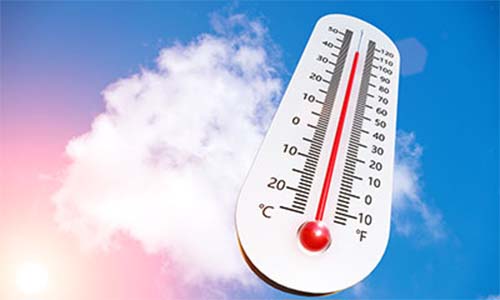
Coming into this summer, many regions in China have been hit by extreme high temperatures that are having serious impact on the supply chains, not just for the automotive industry but across the board.
Provinces and cities with major concentrations of manufacturing companies, such as Jiangsu, Zhejiang and Sichuan, have experienced heatwave with temperatures reaching over 44℃ for more than a month.
We have heard many reports that factories are completely shut down for days, or some are forced to operate for only half a day in the morning, all because of the electricity shortage as a result of heatwave.
Consequently, much of the normal production schedules have been disrupted and deliveries delayed.
The negative impact of the heatwave comes on top of the still strictly-enforced COVID-19 related quarantine policies in many parts of the country.
SHENTOU SUPPLY CHAIN MANAGEMENT CO. LTD. is a Shenzhen, China, based company serving international automotive clients in the implementation of their China strategies and programs. CHINA AUTOMOTIVE SUPPLIER QUALITY MANAGEMENT BRIEFING is a bi-monthly newsletter published by Shentou to address the specific and unique quality challenges and concerns international automotive companies face with suppliers in China. Comments are welcome at qms@shentou.com. Click here to subscribe.
